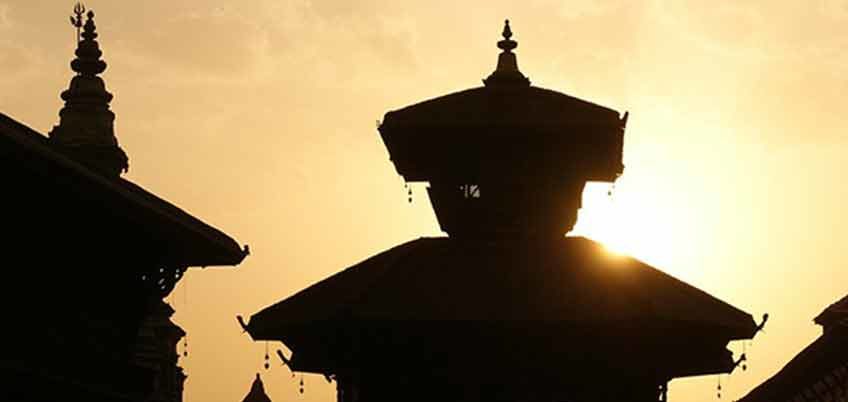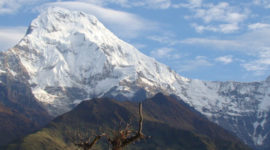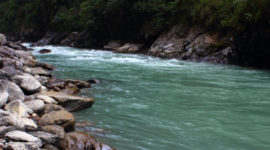
World Heritage Sites In Nepal
19/Aug/2016 | by mokshaTruly a place of historic origin, the beauty of Nepal cannot be undermined in terms of the artistic remnants its ancestral civilizations. Nepal’s unique culture and heritage can be reflected by its myriad of heritage sites recognized by UNESCO as ‘World Heritage Sites’. Cultural sites include the architectural archives in Kathmandu valley comprising of the Durbar Squares, Swayambhu Stupa, Boudha Stupa, Changu Narayan temple, the sacred Hindu temple of Pashupati and the sacred site of Lumbini, the birth place and lineage of Siddhartha Gautama (Buddha). Besides this, Chitwan National Park and Sagarmatha National Park have been listed under natural sites. A tentative list (comprising of possible sites for nomination) has also been submitted, which makes traveling in Nepal an extravaganza in terms of archaeological standpoint.
The Cultural Heritage Sites are listed below:
- Kathmandu Durbar Square
- Patan Durbar Square
- Bhaktapur Durbar Square
- Changu Narayan Temple
- Swayambhunath StupaPashupatinath Temple
- Lumbini
- Bouddhanath Stupa
The Natural Sites listed by UNESCO are:
- Chitwan National Park
- Sagarmatha National Park
Other sites submitted for nomination are as follows:
- The early medieval architectural complex of Panauti
- Tilaurakot, the archaeological remains of ancient Shakya Kingdom
- Cave architecture of Muktinath Valley of Mustang
- The medieval palace complex of Gorkha
- Ramagrama, the relic stupa of Lord Buddha
- Khokana, the vernacular village and its mustard-oil seed industrial heritage
- Medieval Earthern Walled City of Lo Manthang
- Vajrayogini and early settlement of Sankhu
- Medieval Settlement of Kirtipur
- Rishikesh Complex of Ruru Kshetra
- Nuwakot Palace Complex
- Ram Janaki Temple
- The Medieval Town of Tansen
- Sinja valley
- Bhurti Temple Complex of Dailekh
Architectural variances:
Nepalese architecture can be primarily categorized into styles – the Pagoda style, the Stupa or Chaitya style and the Shikhara style. Besides this, the European style of architecture is also seen in some places.
The Pagoda style of architecture has multi-roofed structures stabilized with a broad base that narrows as you move higher. This style saw its advent in Nepal in the thirteenth century and was also spread to China by Araniko and his team of artists. The Pashupati temple, Changu Narayan, Nyatapola of Bhaktapur etc. all bear this style.
The Stupa or Chaitya style of architecture is mainly used in Buddhist shrines, examples of which can be seen in Swayambhunath and Boudha structures. This style is attributed to having a broad base that tapers as the structure moves higher. It is of the belief that Emperor Ashoka introduced this structure to Nepal.
The Shikhara style is another popular style that can be seen in Nepali architecture. This is characterized by tall artistic pyramidal buildings with a gajur at the top and is primarily connected with Hindu temples. The Krishna Mandir and Mahaboudha in Patan Durbar Square are fine examples of this form or architecture.







Leave a Reply